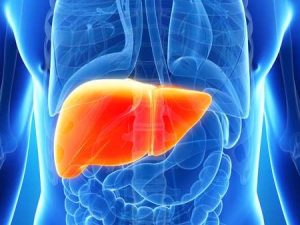Researchers from The University of Texas Health Science Center at San Antonio have made a discovery that could prove to be a turning point in the fight against the ongoing obesity epidemic. Testing obese mice, they found that inhibiting a liver enzyme known as CNOT6L deadenylase can increase fat shedding and decrease appetite, leading to weight loss.
That enzyme controls the mRNA instructing two proteins capable of producing weight loss results. One makes fat tissue burn additional energy, while the other affects the brain’s control over the timing of food consumption. Researchers leveraged their iD1 inhibitor to stop CNOT6L, triggering an increase of each protein in the blood of the subjects and, after 12 weeks, causing a 30% decrease in body weight and food intake.
Bringing this inhibitor into humanity’s obesity struggles has watershed-moment potential, and there are further use case opportunities for related diseases such as type-2 diabetes. Despite the glut of weight management and obesity options in the current market, opening up the use of mRNA as a target would effectively combine the two most popular approaches to treatment: appetite suppression and fat breakdown. “In the treatment of metabolic disease, targeting mRNA is a fairly novel concept,” said Dr. Nicolas Musi, a co-author of the study. “It is a new platform for thinking about how to treat this group of diseases.”























